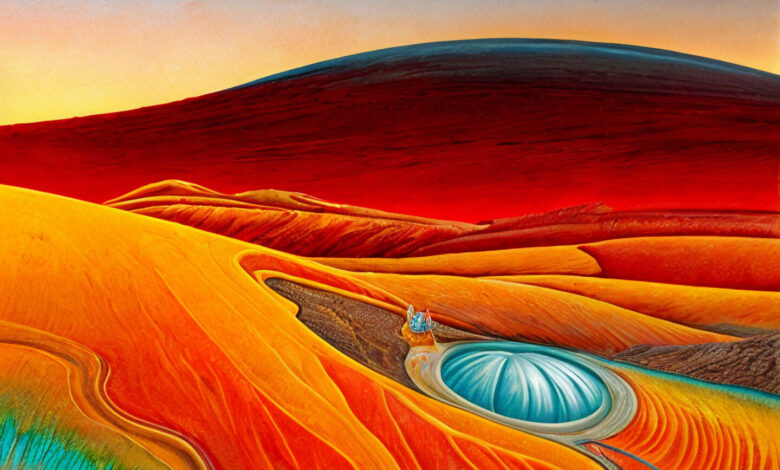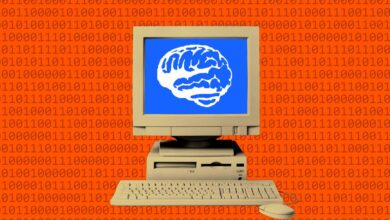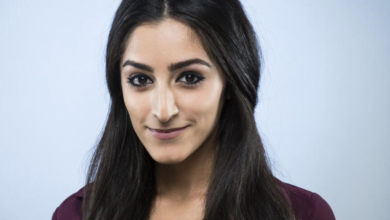The group trying to get AI to read our minds

“The artist’s suffering, sweat and blood are in the functional MRI machine!” After more than an hour spent standing motionless in the clamor of the narrow tube monitoring his brain activity, Pierre Fautrel cracked a joke to decompress. “I come out magnetized, like after a complicated plane landing. It happens while you’re asleep,” he said. A member of the Obvious trio of digital visual artists, he is their current guinea pig. He is taking part in a new adventure on the border between art and science launched with fellow artists Gauthier Vernier and Hugo Caselles-Dupré.
The three young men made a name for themselves in 2018 by being the first to sell a work of art generated by artificial intelligence (AI) software in an auction room. The Portrait d’Edmond de Belamy sold for $432,500 at Christie’s in New York. Their new goal is to reproduce images they hold in their minds, not through painting or drawing, but by having their brain activity translated by artificial intelligence.
Over the past few months, Fautrel has spent hours in a functional magnetic resonance imaging (fMRI) machine at a medical imaging center in Seine-Saint-Denis, a northeastern Paris suburb, accompanied by neuroradiologist Charles Mellerio, who is enthusiastic about the project. The sessions now take place in the basement of the Institut du cerveau (the Brain Institute) in Paris, where the trio has sparked the interest of Alizée Lopez-Persem, who works on the brain networks involved in creative processes.
Revealing the ‘eye of the brain’
As Hugo Caselles-Dupré, who holds a doctorate in machine learning, a branch of AI, pointed out, the first aim was to reproduce the spectacular scientific results published in recent months: It is now possible to produce fairly faithfully previously unseen images observed by a subject by having an AI analyze its brain activity.
For the system to work, it must first be trained intensively on vast sets of images (up to 10,000), and the results are not transferable from one individual to another. But progress has been dizzying: Whereas it took 40 hours of training in 2023 to achieve a convincing reproduction of the observed image, a Princeton team can now limit itself to just one hour of data acquisition.
“In an initial phase, using a dataset featuring surreal portraits or landscapes, we replicated this type of result,” said Caselles-Dupré. “But we wanted to go further: directly reveal the ‘eye of the brain’, an act of imagination.” Obvious was created for surrealism, “because it’s closely linked to automatic writing, to the idea of blowing up the filters between thought and what we manage to express,” said Vernier.
You have 73.13% of this article left to read. The rest is for subscribers only.



